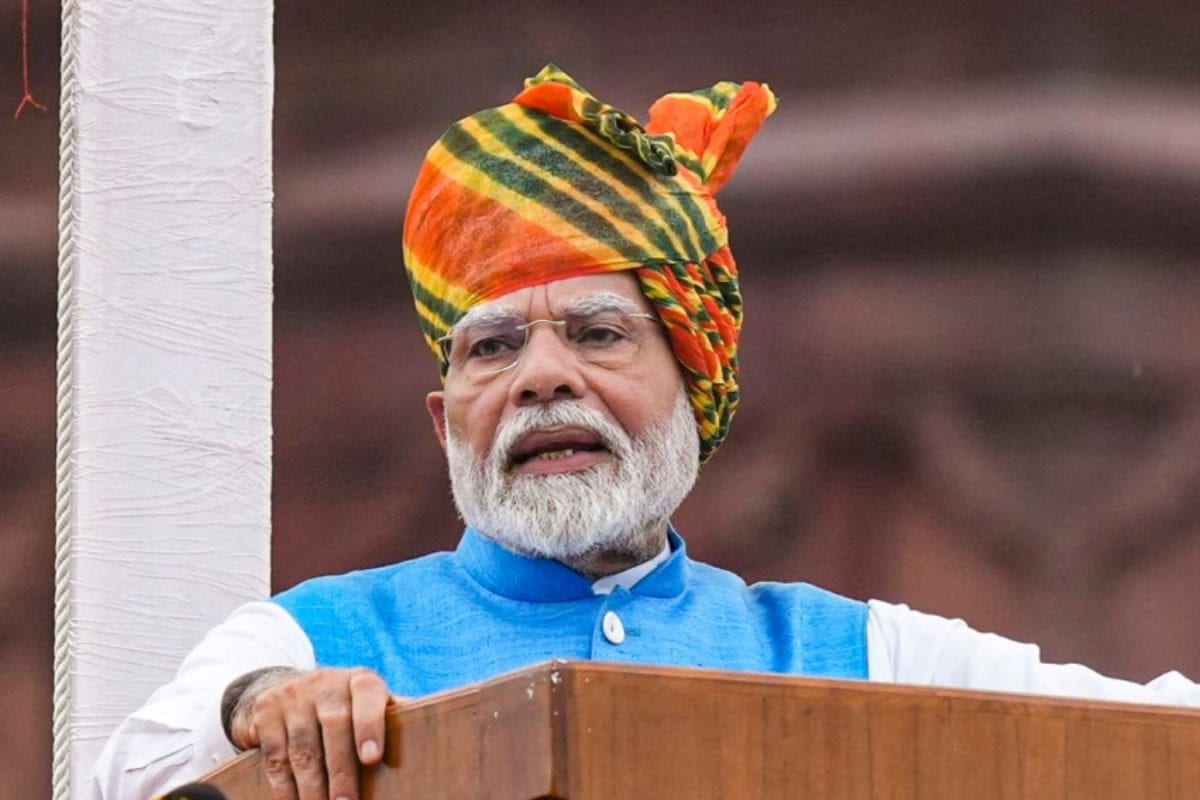

The annual Independence Day address from the Red Fort in Delhi is a highly anticipated event, offering a moment for the Prime Minister to connect with the nation, outline achievements, and share a vision for the future. As India celebrates its 79th Independence Day on August 15, 2025, it's insightful to reflect on the varying lengths of these addresses throughout history, revealing interesting trends and patterns.
When it comes to the duration of these speeches, there's considerable variation. Some prime ministers have been known for their concise addresses, while others have delivered more extensive orations. Jawaharlal Nehru and Indira Gandhi hold the record for some of the shortest speeches, both clocking in at a mere 14 minutes in 1954 and 1966, respectively. In more recent times, Manmohan Singh (in 2012 and 2013) and Atal Bihari Vajpayee (in 2002 and 2003) also delivered relatively brief addresses, lasting between 25 and 35 minutes.
In contrast, some prime ministers have been known for their lengthier addresses. Narendra Modi holds the record for the longest Independence Day speech, delivering a 98-minute address in 2024. Before Modi, Jawaharlal Nehru in 1947 and I.K. Gujral in 1997 had delivered the longest speeches, at 72 and 71 minutes respectively. Notably, Prime Minister Modi's speeches have generally been longer than those of his predecessors. His average Independence Day speech duration is 82 minutes. Even his shortest Independence Day speech, delivered in 2017, lasted around 56 minutes.
Over the years, the length of the Prime Minister's Independence Day address has reflected the changing times and priorities of the nation. In the early years after independence, when India was still finding its footing, the speeches tended to be longer, perhaps to inspire and unite the country around a common vision. As India has matured as a nation, the speeches have become more focused and targeted, addressing specific issues and challenges facing the country.
The content of the Prime Minister's address also evolves with time. This year, the celebrations carry the theme 'Naya Bharat,' reflecting the government's vision of achieving 'Viksit Bharat' by 2047. Invitation cards for the event feature both the Operation Sindoor logo and a watermark of the Chenab Bridge, symbolizing the rise of a "New India". President Droupadi Murmu, in her eve-of-Independence address, lauded India's economic resilience and highlighted key initiatives like Make-in-India and Atmanirbhar Bharat. She also cited the country's decisive response to terrorism through Operation Sindoor.
The Prime Minister's Independence Day address remains a significant event in India's national calendar. Whether the speech is short and succinct or long and elaborate, it provides an opportunity for the nation's leader to connect with the people, reflect on the past, and chart a course for the future.